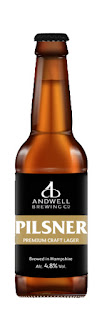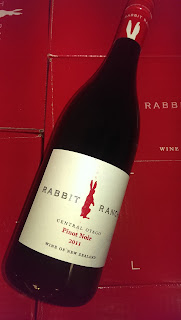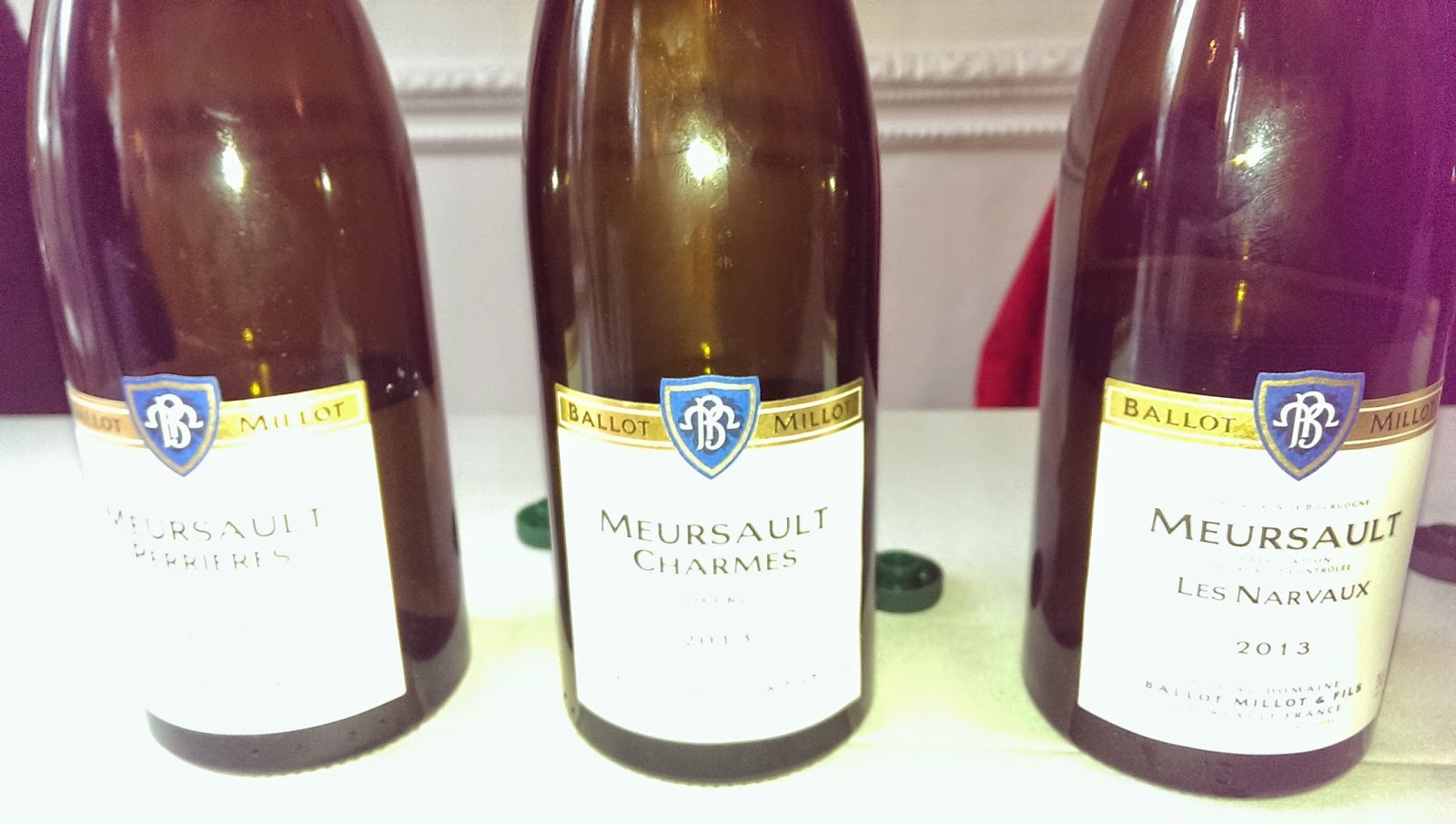The other night we had some friends round for dinner to celebrate their recent engagement, and I'd been conducting a little experiment and this presented me with the perfect opportunity to see how it had turned out, as I knew everyone around the table would appreciate it, if it had worked that is.
When I first got into wine I was working for Sainsbury's as an off licence manager, they paid for me to complete WSET qualifications which was very much appreciated. The one thing that really got me was how wine would age, and what to look for in young wines that will allow them to age and develop.
 |
| You'll have to excuse all the dust on the bottle. |
I continued to think about this for some time and enjoying drinking lots of new world wine, when I came across the 2003 Hardy's Crest Cabernet Sauvignon from south eastern Australia, nothing special or fancy about it, half price at £4.99. When I tried it, it had loads of really bright, dark jammy fruit, so much tannin you almost had to chew your way through it. It also had still maintained a good level of acidity to it, and it made me think that these had all the signs of a wine that could and should age well.
So I decided to buy a 6 pack and see what happened, I have to admit I never really looked after them, they were kept in the wine rack which was usually in the living room, not in a temperature controlled fridge, they moved around all the time, stood up then laid down then stood up again, so not the best of care taken. I preceded to try one every two years, and they just got better and better, so much so that after 6 years when I should have had 3 left left I only had 1, which I was determined to keep till it was at least 10 years old. I actually managed to save it till it was 13 years old, I was a little worried that I may have left it too long, but there was nothing I could do about it now.
On opening the cork was in very good condition, and you could smell any fault with the wine at all. Once poured into the glass it had an orange/brick colour to it, it really had lost it's bright, deep inky purple colour. On the nose it was baked dark fruit, leather, spice and a very slight hint of oxidation, these all came through on the palate integrating together beautifully and combining with the soft an velvety tannins. It was a pretty amazing glass of wine, if I was honest I think I opened it possibly a year or two too late, but it was still stunning and just goes to show that you can find wines that will age without having to spend a fortune!











